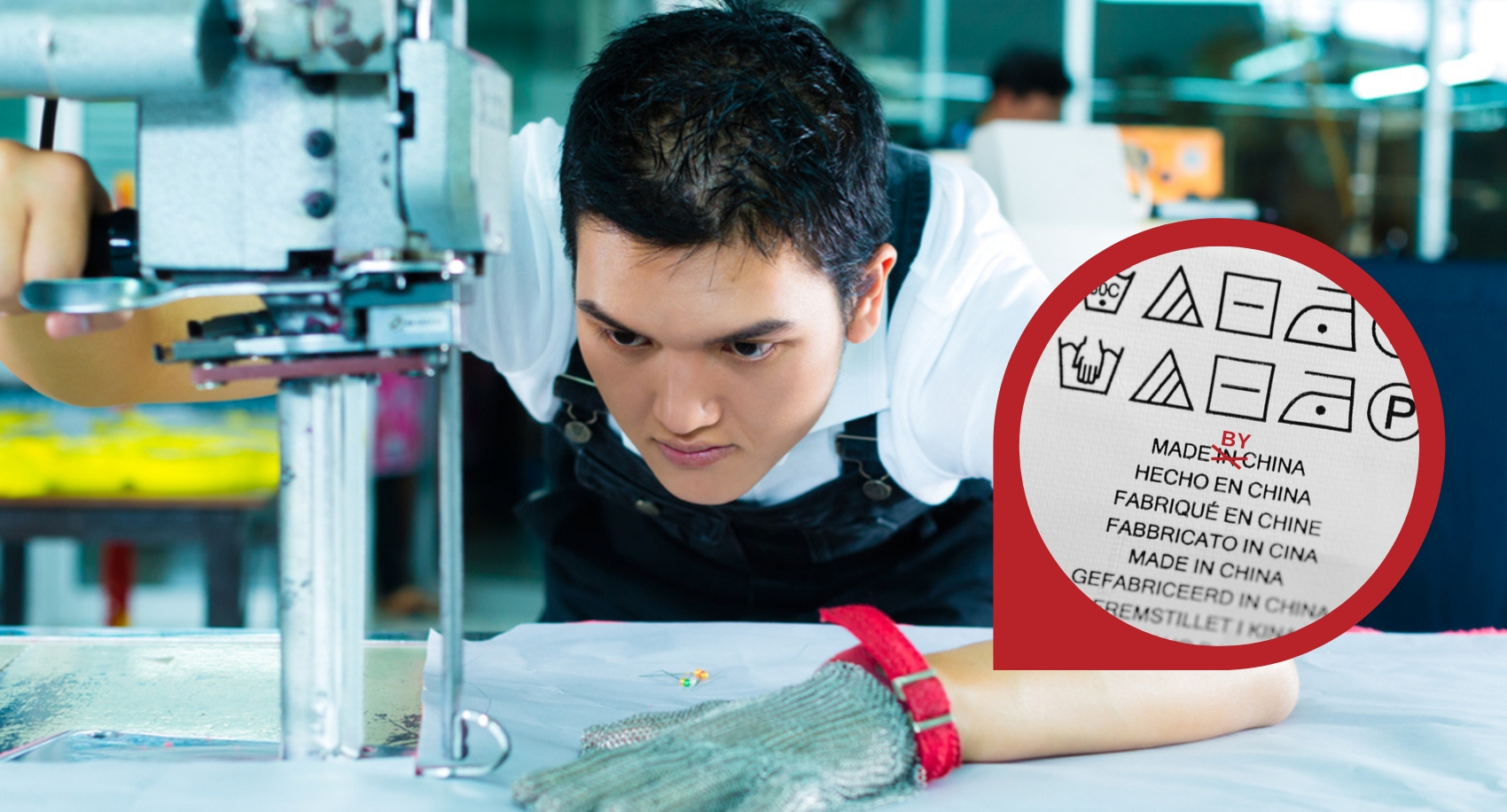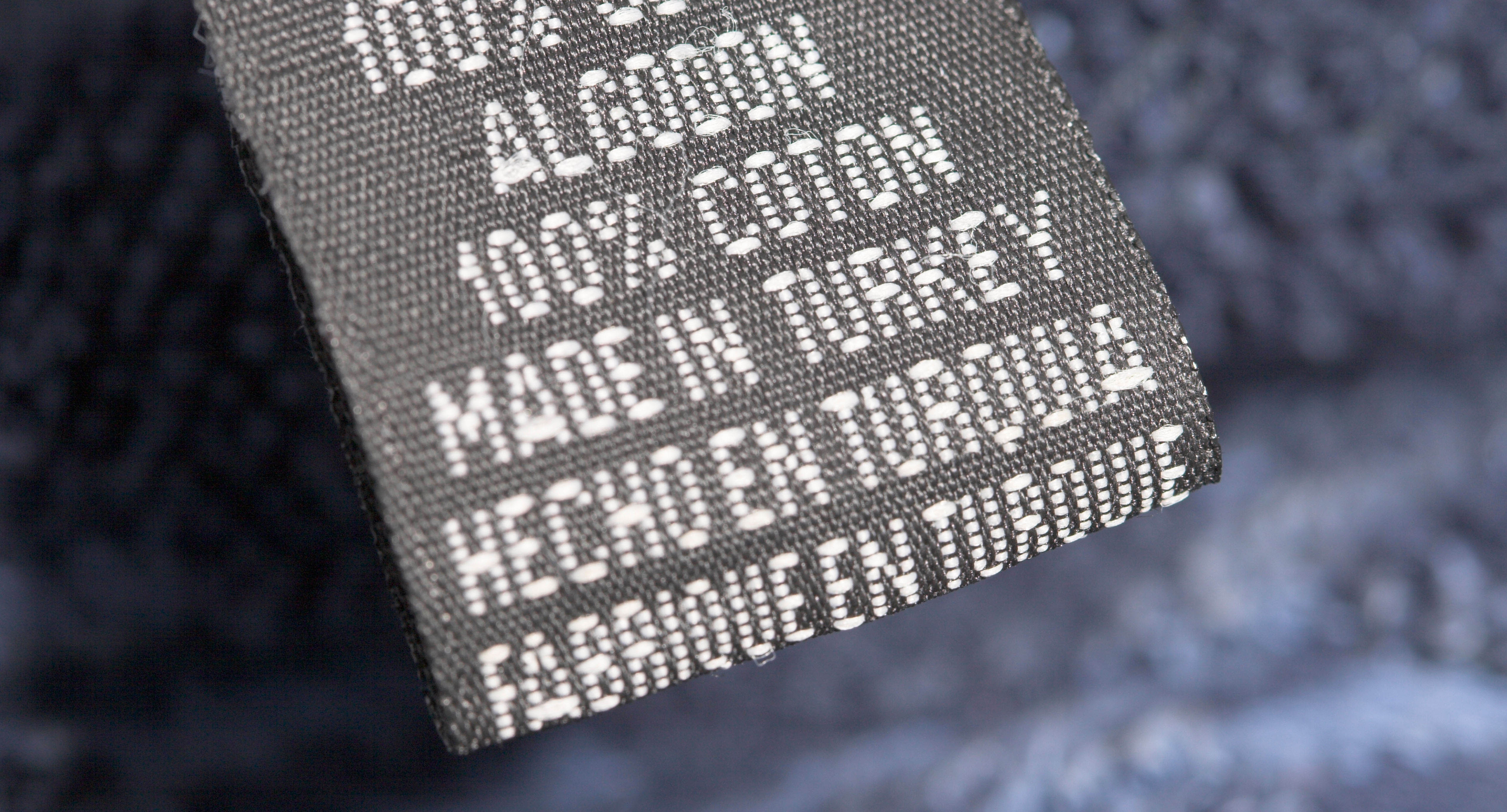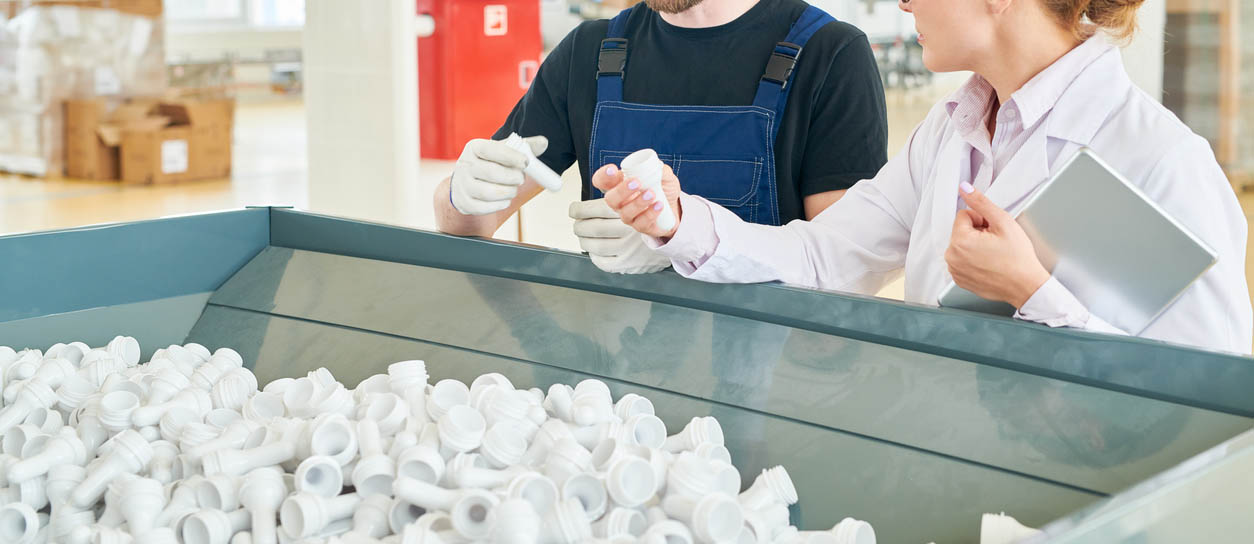- Do you know what really goes into making your t-shirt?
- From sick farmers to damaging the environment – The reality of conventional cotton
- How sustainable ‘Fairtrade Cotton’ is making a huge difference
- Learn more about sustainable cotton and find out how you can play a part
It’s in the towel you use to dry yourself in the morning and the pillowcase you rest your head on at night. It’s in your favourite work shirts and your baby’s play-time blanket. Cotton is everywhere, and as the world’s oldest commercial crop, about 60% of the total cotton harvest is used by the textile industry.
Across the globe, more than 350 million people work in the cotton sector, however, despite its popularity, the cotton industry is facing a number of long-term sustainability challenges.
The Serious Environmental Impact of Conventional Cotton
The demand for cotton as a global crop has lead to growing worries about its impact on the environment, with a key area of concern being cotton’s water-intensive nature. A WWF report places cotton amongst the world’s ‘thirstiest’ crops, and the comparable statistics are quite eye-opening:
- It can take more than 20,000 litres of water to produce 1kg of cotton
- One single cotton t-shirt uses 2,720 litres of water in its manufacture
- A pair of jeans can require around 10,850 litres of water
It surely will come as a surprise to most people to learn how many thousands of litres of water are involved in the making of all the clothes folded-up in their cupboards and closets! Another way to put into sharp relief cotton’s surprising water usage is to compare those numbers to familiar, everyday actions. Making a t-shirt is the equivalent of flushing a toilet 250 times! And a single pair of jeans? – The water they need would have hosed your lawn for 9 straight hours.
In addition to cotton’s overwhelming consumption of the planet’s water supply, it is also punching above its weight when it comes to chemical use. While 2.4% of global farmland is planted with cotton, it accounts for 24% of the world’s insecticide sales and 11% of pesticide sales – at the cost of $2 billion every year.
Cotton production by country worldwide in 2015/2016 (in 1,000 metric tons)

This massive use of agricultural chemicals, coupled with unsustainable farming practices in poorer countries has had serious repercussions on ecosystems which are intrinsically linked to cotton farms. According to the World Wildlife Fund, unsustainable cotton farming has already had a massive impact on several large River Basins, including the Aral Sea, the Indus River in Pakistan, the Murray-Darling Basin in Australia, and the Rio Grande on the U.S./Mexico border.
1. Social Effects
The terrible effect of chemical usage in the cotton industry is not just a problem for local ecosystems. Exposure to Highly Hazardous Pesticides (HHPs) poses a significant health risk to farmers in developing nations, as highlighted in this study by the Pesticide Action Network. In places such as Ethiopia’s southern Rift Valley, where cotton is grown by both smallholder farmers and big commercial facilities, aggravating factors include the extremely hot weather. Under certain conditions pesticides can turn to vapor and drift into unwanted areas, posing a significant risk, so it’s important to consider both the air and soil surface temperatures. Further reasons for increased pesticide poisoning incidents include a lack of proper protective equipment and the perception of pesticides as ‘plant medicine’ instead of ‘poisons.’
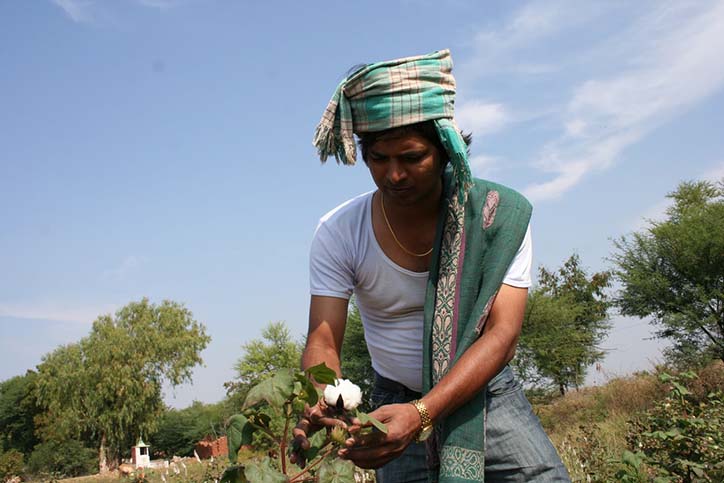
In countries like India, the majority of cotton farmers are barely able to cover their output costs, let alone make a profit and support their families. Genetically modified cotton seeds account for 95% of cotton farming in India, and it’s the increased costs of these seeds, as well as fertilizers and pesticides, which has led to a massive wave of suicides among cotton farmers. More than 270,000 Indian cotton farmers have killed themselves since 1995.
2. Fairtrade Cotton – Not Cut From the Same Cloth
The environmental and social effects outlined above have led to major brands and retailers to call for the introduction of sustainable practices and schemes aimed at improving conditions within cotton production.
Fairtrade cotton was launched in 2005 and offers cotton producers an alternative to the unstable conventional market. The aim is to provide farmers with better working conditions and fairer, more stable prices, as well as reducing environmental damage to their communities.
Fairtrade Standards are a benchmark of sustainable practices that organizations can be measured against, including:
- Fairtrade Minimum Price – Set by region and variety, producers are paid a minimum price for seed cotton. This covers average costs of sustainable production and offers a safety net against a fall in market price.
- Environmental Protections – No use of prohibited chemicals. Minimized use of pesticides and herbicides, plus the protection of local water resources.
- Social Standards – Forced labour and child labour are prohibited. No discrimination of members by race, colour, religion, political opinion, union membership, etc.
Other methods of sustainable cotton production have provided impressive results, especially when considering the previously stated environmental concerns – Based on the Organic Cotton Life Cycle Assessment, the 2013-14 organic cotton harvest saved:
- 236.9 billion litres of water – the equivalent of 94,655 Olympic-sized swimming pools!
- 300.6 million kilowatts of energy – enough to keep a 60-watt bulb going for 57,122 years!
- 96.2 million kg of C02 – the equivalent of driving a car around the world 14,114 times!
3. Far-Reaching Fairtrade Successes
Around the globe, small-scale farms and larger communities are feeling the benefits of Fairtrade cotton production. There are now 26 Fairtrade certified organizations representing almost 60,000 cotton farmers across nine countries – some of them the world’s poorest and most vulnerable – Benin, Brazil, Burkina Faso, Egypt, India Kyrgyzstan, Mali, Nicaragua, and Senegal.
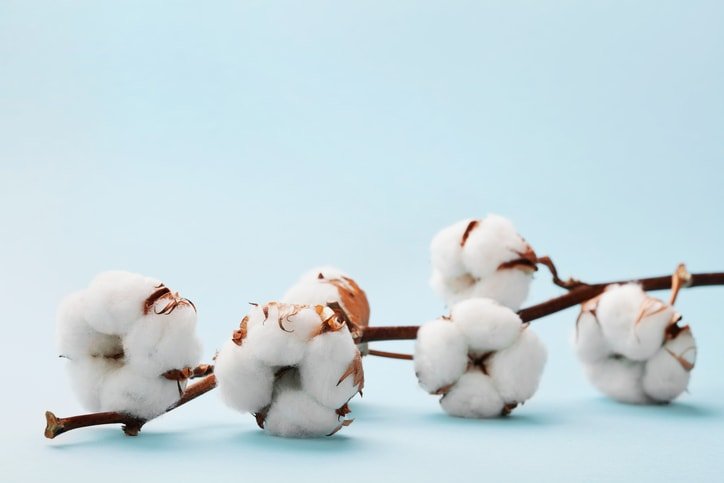
How You Can Learn More about the Sustainable Cotton Revolution
If you’re interested in making sure your clothes are ethically sourced, it’s not always that easy to discover the information you need. When you look at a label, it may show you in which country the clothes were made, but it probably won’t tell you how the materials were grown, or under what conditions the garments were manufactured. Nevertheless, an increasing number of consumers are looking beyond the idea of cheap bargains and becoming more curious about the environmental and social impact their clothes are having. – So, what questions should you ask?
1. Fairtrade – Look for the Mark
The first step is to look for the Fairtrade mark on clothing labels. This proves that the garment has been ethically produced by following the standards of the Fairtrade organization.
The Fairtrade Foundation website is also a good place to do more research about the group’s mission, as well as offering examples of where you can purchase clothing that is guaranteed to include Fairtrade cotton.
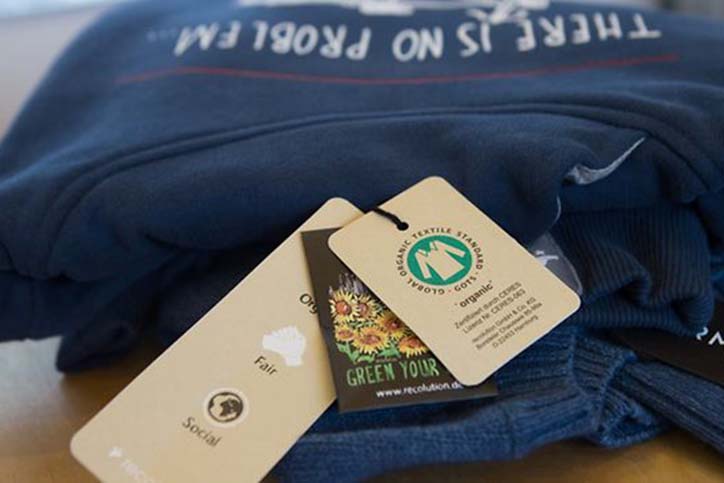
2. #WhoMadeMyClothes – Fashion Transparency Index
Another helpful tool in your search for ethically produced clothing is the Fashion Transparency Index, which ranks companies according to the level of transparency in their supply chain.
The index aims to give insight into how little we know about what we buy and wear, with an overall goal of persuading every brand to do more in communicating with the public about their strategies and performance on social and environmental issues.
3. Everybody Has a Part to Play
Consumer demand and pressure are successful strategies for encouraging stores and brands to change the way they source their products and suppliers, so make sure you ask them about what they’re doing to have a positive impact on society.




